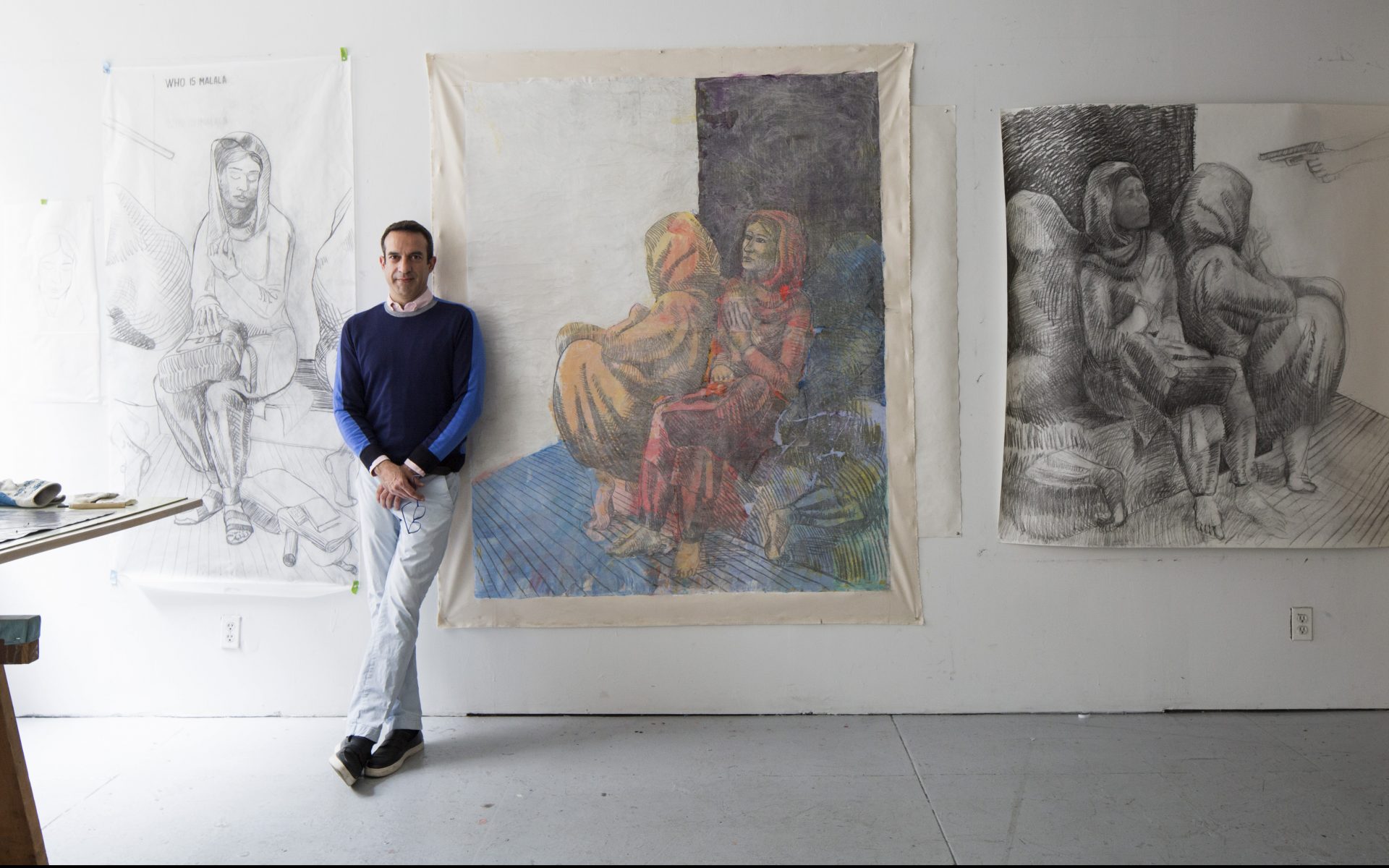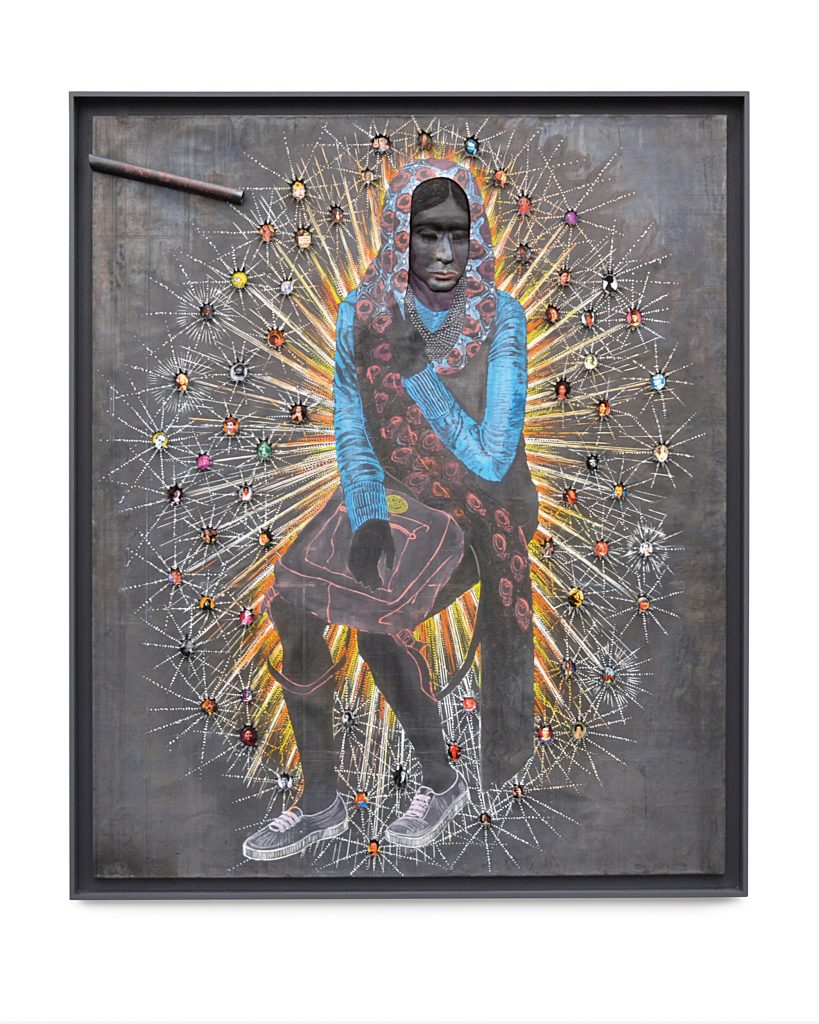

Haunting Painting of Nobel Prize Peace Winner Malala Yousafzai
New York-based artist Carlos Vega pays homage to the Pakistani advocate—and to women everywhere
On October 9, 2012, a Taliban gunman boarded a bus in the Swat district of Pakistan. His mission was to assassinate a 15-year-old schoolgirl named Malala Yousafzai. Her crime, in their eyes, was insisting on the right of girls to be educated. In a speech she had given in Peshawar in 2008, she had fearlessly asked, “How dare the Taliban take away my basic right to education?”
Though seriously wounded, she survived the attempted murder and quickly became one of the most famous people in the world. Yousafzai’s courage inspired an international outcry against this long-time violent campaign to deprive young women of a basic right, and more than three million Pakistanis petitioned for a Right to Education Bill that eventually became the law. Two years after Yousafzai nearly died she was identified as a co-recipient of the 2014 Nobel Peace Prize, the youngest Nobel laureate of all time.

A broad range of international celebrities and distinguished public officials spoke out in outrage after the Taliban’s attempt to suppress Yousafzai’s voice. Among them were such diverse figures as Laura Bush, Hillary Clinton, Angelina Jolie, Madonna, and Barack Obama.
And New York-based artist Carlos Vega was deeply affected by the story of the Pakistani teenager’s life and near-death. Speaking of his painting, titled Who is Malala, Vega noted that, “In this work, I represent the instant before the violent moment in which Malala is shot by a member of the Taliban on the bus riding home from school. This is an ‘annunciation.’”
Born in Spain in 1963, Vega has, in recent years, increasingly concerned himself with issues of cultural and religious toleration. A 2015 solo show, Faith Need Not Fear Reason, featured works that reflected upon a unique moment in history—Spain in the 12th century—when Christianity, Judaism, and Islam briefly coexisted. The values of that golden era are in stark contrast to the fanatical intolerance that propelled the attacks on a young woman seeking education in our time. There is also a poignant appropriateness in the materiality of Vega’s work: the surface plates he frequently engraves and pierces are made of lead, a material that sometimes shields but is also the material from which bullets are made.






